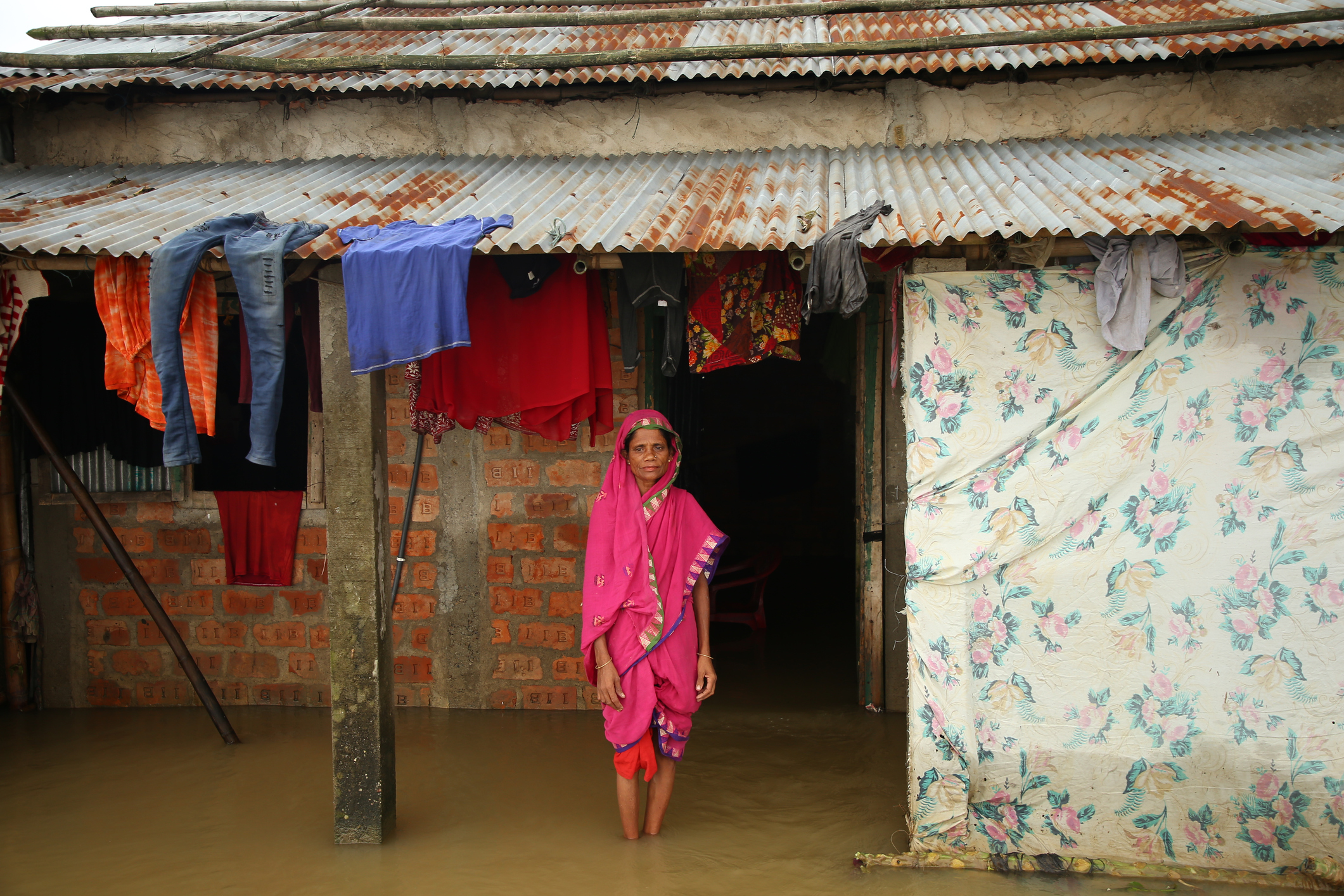The United Nations Sustainable Development Goals (SDGs) relating to urban areas state that everybody has the right to a life with clean water, modern sanitation, and no flooding. But many cities in sub-Saharan Africa are struggling to achieve the ideal of a modern universal system of centralized water management. This column outlines the potential to ‘leapfrog’ costly universal systems, and move directly towards more ‘water-sensitive’ futures based on decentralized and locally adapted solutions.
Water stress is a major problem in the urban areas of sub-Saharan Africa, and as the climate changes, it must be expected to become worse. Increased flooding and water scarcity are both consequences of current urban development, and at the same time, they hinder new city development.
Rapid urbanization and inadequate resources result in overstressed water infrastructures that provide services for only a minority of the population. There are also large areas of informal development where water infrastructures are lacking. The ideal of modern, universal and centralized water management based on a system of underground piped networks is difficult to achieve in the reality of modern African cities.
Water experts are also questioning the resilience of universal systems in a time of climate change, growing populations, and concerns about sustainability. They propose a move towards more sustainable arrangements that build on decentralized, green infrastructure-based systems. In such systems, water is managed in the urban landscape, citizens are more actively involved in water management, and they practice water-sensitive behaviours.
The water management challenge for African cities that are struggling to realize the universal ideal could be how to tackle water infrastructure deficits at the same time as turning towards sustainable systems. The focus could be on developing decentralized and locally adapted solutions, potentially ‘leapfrogging’ costly universal systems and moving directly towards more water-sensitive futures.
Diverse cities
My research in African cities – particularly Addis Ababa and Dar es Salaam – finds the urban fabric made up of different areas with different options for water management depending on their location (upstream or downstream), the degree of formality, and their present infrastructures.
In some formal areas, such as fast-growing condominium neighborhoods, people seem locked into a modern yet malfunctioning system, where water scarcity limits the functioning of toilets and sewage networks, and drainage structures are limited to few roadside drains. Here, the infrastructures and regulations limit people’s options for diversifying their water practices, and they must depend on buying expensive bottled water.
In the informal areas of cities, there is a kind of socio-technical freedom, where people pump water out of private boreholes, collect rainwater, fend it off to avoid flooding, but also leave waste in the environment. This all demands resources to build on-site solutions of a certain quality but also to be sustainable. It is the well-to-do that invest in tanks and gutters to collect rainwater and sturdy gabions to prevent erosion. At present, individual water management works in a vacuum with little support or coordination from the city.
Disconnection in governance
The official discourse is focused on extending the universal conventional centralized water systems, while water harvesting is looked at as backwards and rural.
But the master planning approach may itself be one of the barriers to integrating green water resilience into planning regimes. There is a discrepancy between formal land use, as outlined in master plans, and the actual diversity of uses taking place on the ground. Plans cannot keep up with the pace of urbanization: they are outdated before they are approved. They also typically lack guidelines and actual projects and experiments on how to incorporate water resilience and how to strengthen the green infrastructure.
At the same time, key organizations in urban development – the private and often informal landowners, local communities, and civil groups – feel disconnected from the official system. ‘Innovations’ in water management can come from research. They can also come from civil society or individual households struggling with provision of water and prevention of flooding, but if they have no link to the official system, it results in limited institutional embedding and learning.
The informal areas are called the ‘blind eye’ of urban planning by my African research colleagues.
Potential for leapfrogging
Because of the infrastructure shortfall in African cities, conventional water systems co-exist with other water management activities, where residents are also producers. As decentralization and involvement of city dwellers are the main principles of sustainable urban water management, the diversity of water management systems could form a starting point for ‘leapfrogging’ beyond the expensive and unattainable development of conventional water infrastructures.
The challenge in these cities is to complement the resource-intensive infrastructure ideal and change the framing of existing decentralized practices to something positive and constructive. It is essential for city administrations to co-produce, support, and learn from decentralized water management activities, and to reconfigure those elements of prevailing practices that are inherently unsustainable.







A nice piece and will try and
A nice piece and will try and see if I can incorporate it into the work we are doing in South Sudan in relation to integrated water resources management